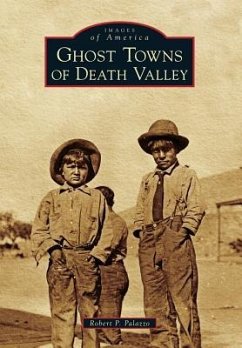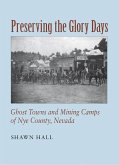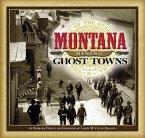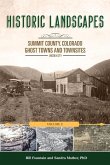Although the Death Valley area is sparsely populated, it once was home to a good many towns, some of which not only have disappeared from the desert but also from history. Even though the name Death Valley itself evokes dark and foreboding images devoid of life, there was a surprising number of towns that did exist in or near the 3.4 million acres that comprise Death Valley National Park. Many had the amenities of larger cities, and some thrived before being deserted and melting back into the desert. The visual record of many of these towns and their occupants is featured in this book.
Hinweis: Dieser Artikel kann nur an eine deutsche Lieferadresse ausgeliefert werden.
Hinweis: Dieser Artikel kann nur an eine deutsche Lieferadresse ausgeliefert werden.








